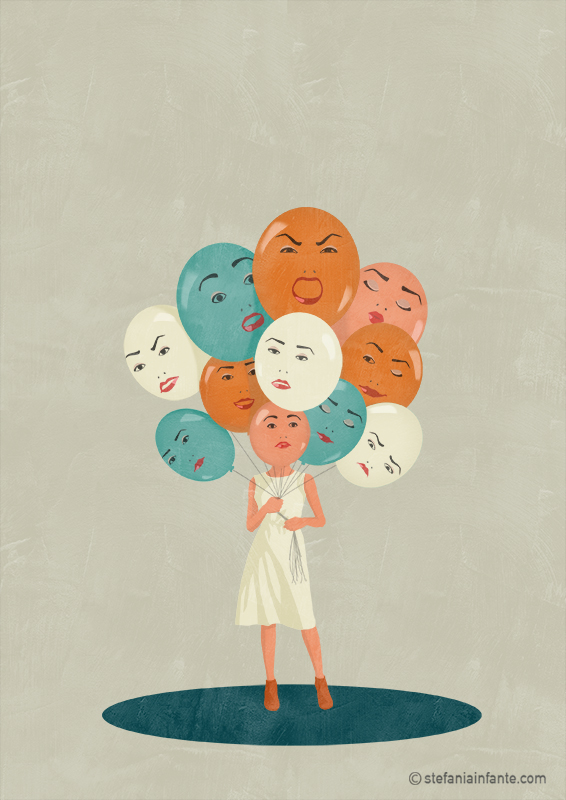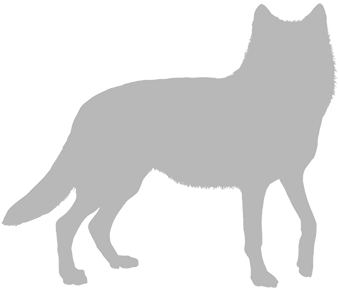Bipolar disorder

Bipolar disorder, previously known as manic depression, is a mental disorder that causes periods of depression and periods of elevated mood. The elevated mood is significant and is known as mania or hypomania, depending on its severity, or whether symptoms of psychosis are present. During mania, an individual behaves or feels abnormally energetic, happy, or irritable. Individuals often make poorly thought out decisions with little regard to the consequences. The need for sleep is usually reduced during manic phases. During periods of depression, there may be crying, a negative outlook on life, and poor eye contact with others. The risk of suicide among those with the illness is high at greater than 6 percent over 20 years, while self-harm occurs in 30–40 percent. Other mental health issues such as anxiety disorders and substance use disorder are commonly associated.
The causes are not clearly understood, but both environmental and genetic factors play a role. Many genes of small effect contribute to risk.
Bipolar disorder affects approximately 1% of the global population. The most common age at which symptoms begin is 25. Rates appear to be similar in females and males.
